Joint Warrior is a multi-national, tri-service exercise that runs twice a year, during the Spring and Autumn. It usually takes place in areas around Scotland, but the whole of the UK can be used if required. Its aim is to provide high quality training for all the UK Armed Forces, as well as forces from allied nations, to improve interoperability amongst air, land and maritime units. Chris Wood reports for GAR.
Joint Warrior is planned by a joint team of Royal Navy (RN) and Royal Air Force (RAF) personnel from the Joint Tactical Exercise Planning Staff (JTEPS) based at Northwood. According to Squadron Leader Lloyd Barrett, a former RAF Nimrod Navigator who is now one of the JTEPS team, planning starts six months before the exercise and is tailored to the participants’ needs. The JTEPS personnel deploy to the Joint Warfare Operations Centre (JWOC) at Her Majesty’s Naval Base (HMNB) Clyde at Faslane in Scotland to run the exercise, and they are augmented by additional staff, most of whom are reservists.
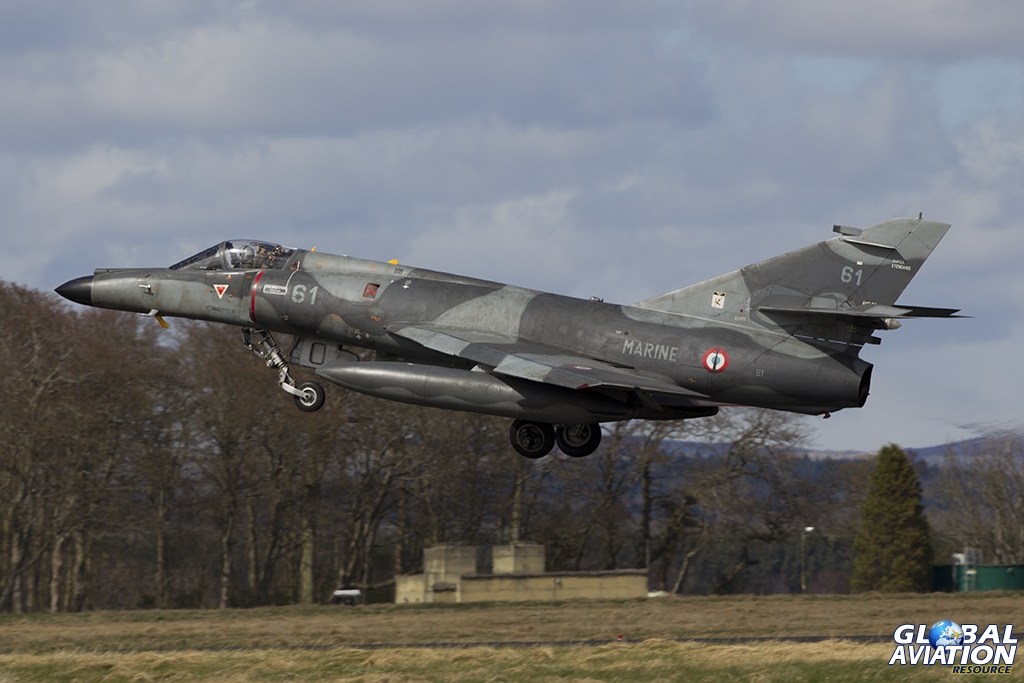
Joint Warrior consists of two phases, with the first known as Combat Enhancement Training and Force Integration Training (CET/FIT), this comprising set-piece training events, whilst the second part, the Operations Phase (OP), develops through a period of increasing ‘tension’ into simulated operations and potentially ‘State on State’ hostilities; so is basically an open war scenario, albeit constrained by Rules of Engagement (RoE). With a large number of participants and a plethora of training objectives, the exercise planners devise a range of crisis and conflict scenarios that simulate current and potential future operations. These include disputed territory, asymmetric threats, terrorist activity and piracy.

The latest exercise, Joint Warrior 13-1, took place between 15 and 25 April and involved over 12,000 personnel from the UK and twelve other countries: Belgium, Brazil, Canada, Denmark, France, Germany, Italy, the Netherlands, Norway, Poland, Sweden and the USA. Over 40 ships took part, with the RN contingent of twelve surface vessels being led by HMS Bulwark and HMS Illustrious, along with those from Belgium, Canada, Denmark, France, Germany, the Netherlands, Norway, Poland and Sweden. Included in this fleet were four submarines, one each from the UK, France, the Netherlands and Norway, and these acted as both ‘good’ (Blue Forces) and ‘bad’ (Red Forces) during the exercise.

The air element comprised around 40 fixed-wing aircraft and a number of helicopters, with the majority of the former operating from RAF bases in Scotland. Seven Maritime Patrol Aircraft (MPAs) deployed to RAF Lossiemouth, comprising a pair of US Navy P-3C Orions from VP-4 “Skinny Dragons” based at MCAS Kaneohe Bay, Hawaii (but on deployment to NAS Sigonella, Sicily), two Royal Canadian Air Force CP-140 Auroras, one from 405 Squadron at CFB Greenwood, Nova Scotia, and one from 407 Squadron at CFB Comox, British Columbia, and two French Navy Atlantique 2s from Lorient Lann-Bihoue. An unusual addition was a P-3AM Orion from No 1 Squadron of the 7th Aviation Group of the Brazilian Air Force, based at Salvador AFB, Bahia. Additional P-3Cs had been expected from the US Navy but these had been cancelled as a result of the sequestration related cuts to US defence spending.

Each MPA came with one crew, which limited the amount of flying per aircraft. During the first part of the exercise, mission planning took about three hours, with the missions achieving four hours on-task, plus transit time. The two French crews were under training and, according to one of the trainee Captains, Lieutenant Yannick Sannier, the number of assets taking part in the exercise meant that in two weeks they would achieve a level of training that would normally take them four months.

Modern MPAs have become multi-mission platforms, “like a Swiss army knife”, to quote Lt Sannier, and Joint Warrior gave the crews an opportunity to practice a variety of different roles. As well as the traditional anti-submarine warfare (ASW) role they are now capable of anti-surface warfare (ASuW), and the two US Navy P-3Cs illustrated this by sporting external hard-points for air-to-surface weaponry. They can also be used for intelligence gathering, counter-terrorism, anti-piracy, fishery protection and environmental protection as well as search and rescue (SAR), and can of course often conduct all these roles within one mission. Major Ernie Romans, an experienced CP-140 Navigator (now known as an Air Combat Systems Operator) who has spent most of his 27 years service flying in the Aurora, experienced his first overland mission in the aircraft during this exercise.

Further south, RAF Leuchars hosted a detachment of aircraft from the French Navy, comprising seven Dassault Rafale Ms from Flottilles 11 and 12 and eight Dassault Super Etendard Modernises (SEMs) from Flottille 17, all based at Landivisiau, with one E-2C Hawkeye from Flottille 4 at Lorient Lann-Bihoue. Their normal ‘home’, the aircraft carrier FS Charles de Gaulle is currently in maintenance but, according to Captain Eric Aymard, Chief of the Carrier Air Group, it suited their training needs to deploy without the ship for the exercise.
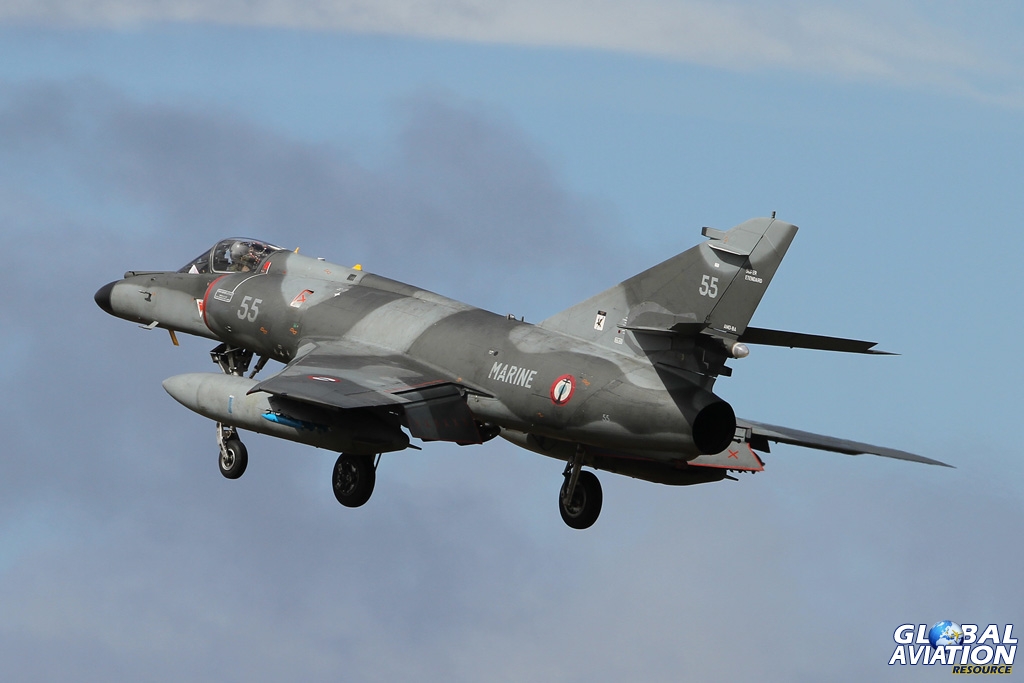
RAF participation included Typhoons from 6 Squadron at Leuchars and Tornado GR4s from No 617 Squadron at Lossiemouth, as well as a small number of Hawk T1s from 100 Squadron at RAF Leeming in Yorkshire, which deployed to Leuchars. They were supported by E-3D Sentrys from RAF Waddington and AAR tankers from RAF Brize Norton, as well as a Lear Jet 35 from GFD (Gesellschaft fur Flugzeildarstellung) GmbH and a Pilatus PC-9 from EIS aircraft GmbH , both of which were operating from Lossiemouth.

The French Carrier Air Wing and the RAF fast jets participated as both Blue and Red Forces during Joint Warrior, with the 100 Squadron Hawks being primarily Red Force assets. Three missions were flown on most days, although a few were cancelled due to the weather, with some very strong winds battering Scotland during the first week. A typical package would see SEMs joining up with Tornados on an anti-shipping strike, with Typhoons providing top cover. Both the Rafale and Typhoon are swing-role aircraft, capable of air-to-air missions as well as air-to-ground, and both these roles were practised during the exercise.

The ranges at Tain and Cape Wrath saw activity from the strike aircraft, providing a training opportunity for Joint Tactical Air Controllers (JTACs), with personnel from countries including Germany, Italy, the Netherlands and Sweden benefiting.
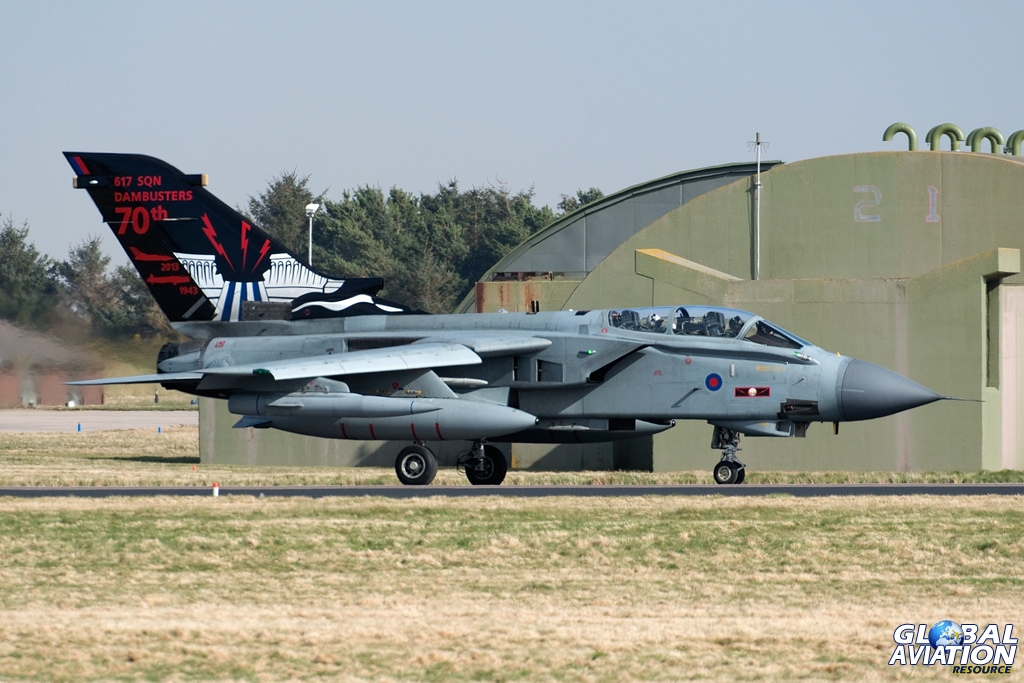
The Hawkeye didn’t fly on all the missions, no doubt in part due to the fact that the squadron only has six qualified pilots. The French Navy only has three Hawkeyes, keeping two operational and one in maintenance. The two operational aircraft both appeared at Leuchars, with an aircraft swap taking place towards the end of the first week. When asked if they would like more, Capt Aymard said that they can cope with the number they have and would prefer to spend money on upgrades, rather than additional aircraft.

A number of transport aircraft from various nations, including French and German Transalls, were also employed, dropping paratroopers.

Helicopters taking part included RAF Chinooks from Odiham and Royal Navy Sea King HC4s of the Commando Helicopter Force from RNAS Yeovilton. These operated from HMS Bulwark and HMS Illustrious as well as from ashore and were supplemented by Army Air Corps Lynx and Apaches. Further Royal Navy helicopters included Sea King ASaC7s from RNAS Culdrose and embarked Lynx HMA8s and Merlin HM1s, as well as two Canadian CH-124 Sea Kings and a French Alouette III.

A further French detachment comprising a pair of SA330B Pumas and a pair of SA342M Gazelles joined for the second week. These were in addition to a group that had spent a week operating from Middle Wallop. There were also three United States Air Force HH-60G Pavehawks from the 56th Rescue Squadron at RAF Lakenheath deployed to Lossiemouth on Combat Search and Rescue (CSAR) duty.

One of Joint Warrior’s objectives was to help the Royal Marines of 42 Commando return to their core amphibious skills after over a decade of fighting on land in Afghanistan. This saw the Marines practice a beach assault at Barry Budden, near Carnoustie, as well as making further inshore landings near Cape Wrath, on the extreme north western tip of Scotland, and Luce Bay near Stranraer; in each case they were airlifted in by helicopter. The Luce Bay landings were supported by further Royal Marines and Dutch Marines conducting an assault on the beach. Members of the Surveillance and Reconnaissance Squadron (SRS) were parachuted into the Mull of Galloway, the first time for ten years that the Marines had practised a parachute insert and the first time ever in a Joint Warrior exercise.

The exercise concluded for the land forces with an assault on Castle Kennedy and West Freugh airfields near Stranraer in south west Scotland, these involving 1300 soldiers from 16 Air Assault Brigade and 300 French troops from the 11th Parachute Brigade. A joint force from 2nd Battalion The Parachute Regiment (2 PARA) and French soldiers from the 1st Parachute Regiment was parachuted in to Castle Kennedy, whilst further troops from 2 PARA were landed by helicopter to seize West Freugh. They were backed up by a ‘rapid landing’ from a C-130 Hercules, which delivered more troops and equipment.

Joint Warrior is designed to test and improve the way that the Royal Navy, Army and Royal Air Force work together, and with their counterparts from allied nations. This exercise served to prepare the UK’s Response Force Task Group for any contingency that may arise. But it also illustrated a few glaring gaps in the UK’s defence capabilities. Following Nimrod’s retirement, the UK doesn’t currently possess an MPA force, or a long range SAR capability, and neither can it call upon any embarked air power, having to rely instead on its neighbours and allies for these capabilities. It also highlighted differences between the Typhoon and the Rafale, with the latter able to carry a variety of air-to-ground weapons, whilst the Typhoon is currently limited to just one, plus of course the Rafale’s ability to operate from land or sea.
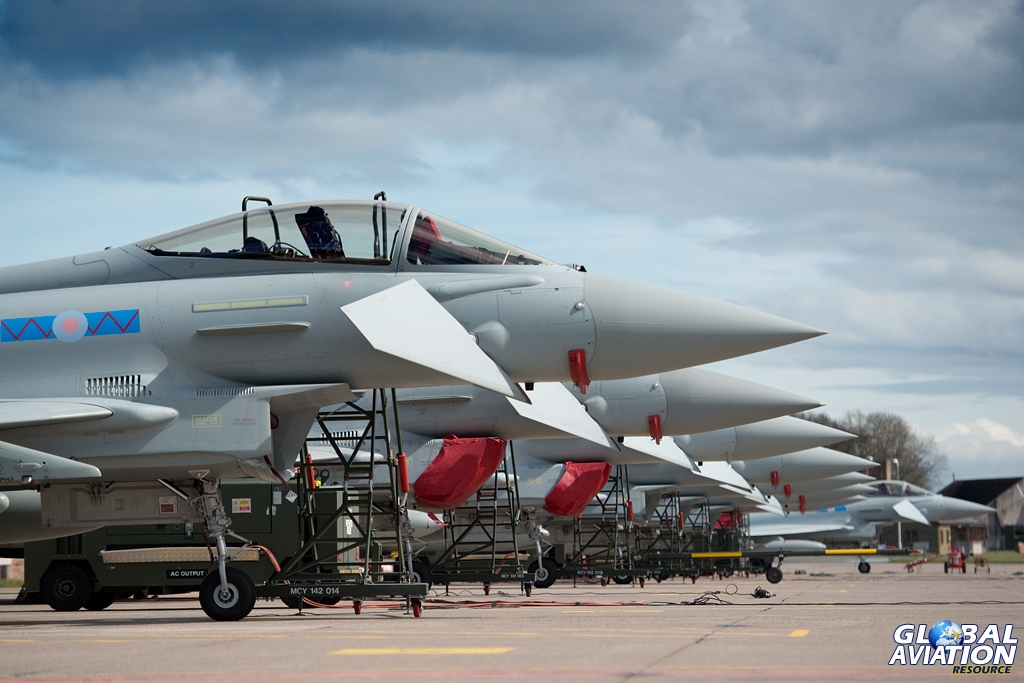
One consolation is that the RAF has a number of MPA personnel, both experienced and under training, on exchange with nations that do possess an MPA capability, one of whom was at Lossiemouth as part of the Aurora detachment. Additionally, the RN has a number of pilots, also both experienced and under training, on exchange, predominantly with the US Navy, gaining valuable carrier experience. They also have two with the French Navy, one flying SEMs and another, a former Harrier pilot, on a non-flying exchange working as a JTAC instructor, amongst other duties. These are all perishable skills, so need to be maintained, and such exchanges do at least mean that when the UK does finally get these capabilities back, there will be key personnel with the right skill sets to use them. As far as Typhoon is concerned, further capabilities are in the pipeline, but the naval version is still only a fantasy!

Additional reporting by Frank Grealish and additional photography by Tom Gibbons, Frank Grealish, John Higgins and Kevin Jackson. Many thanks to all those at RAF Leuchars, RAF Lossiemouth and Carlisle who made this feature possible.

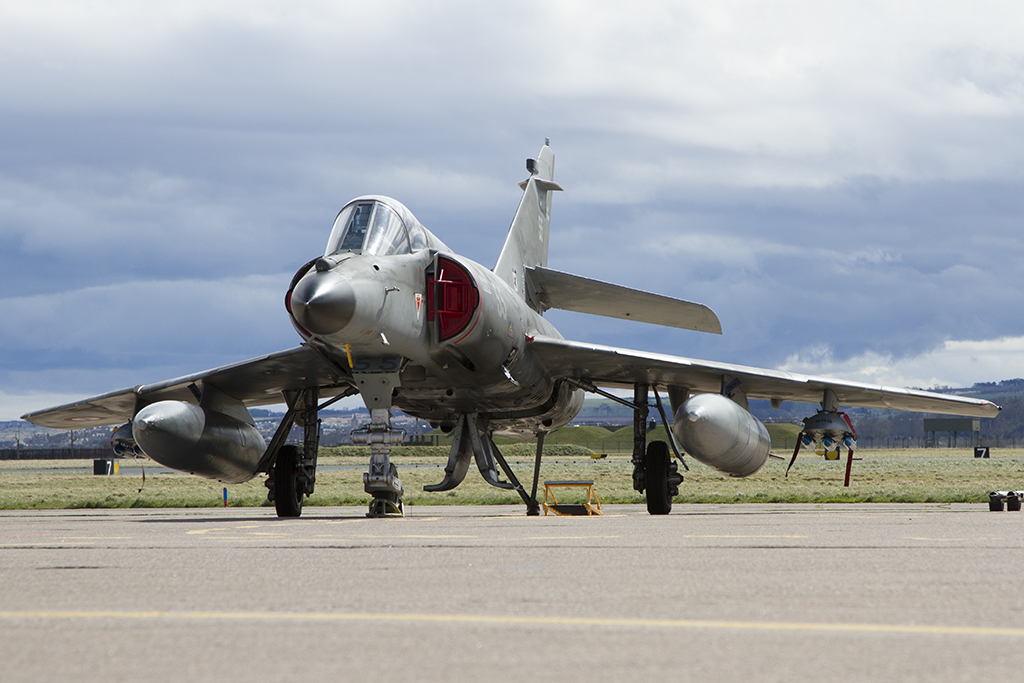
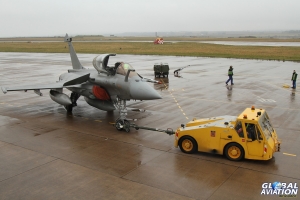
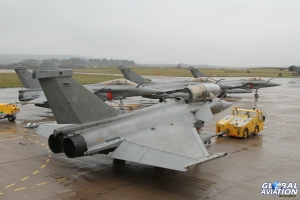

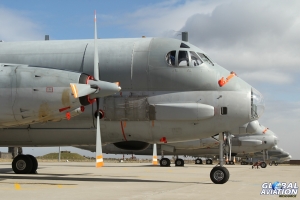


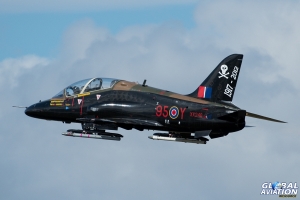
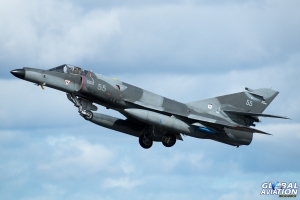

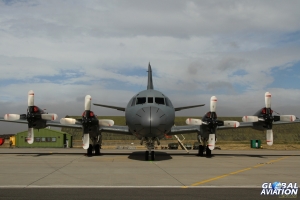






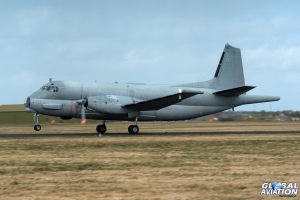
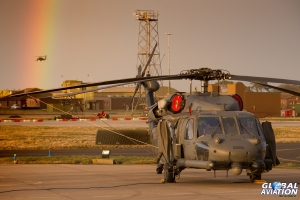


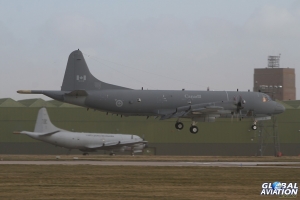

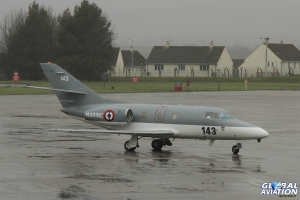
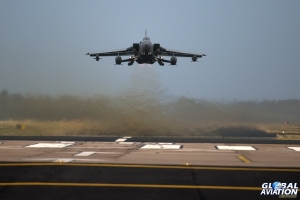





Hi there,
Nice report.
Is it possible to get on the base during the excercise?
Thanks in advance
Michael Stolle
Hi Michael,
thanks for the comment.
There were enthusiast days at both Lossiemouh and Leuchars during the second week of the exercise but both were limited to 100 people and were oversubscribed, so not everybody who wanted to get on base was able to.
Chris